Bird Houses
Tips to Attracting Nesting Birds To Your Backyard
When it comes time to choose a nest, birds (like people) have their own ideas of what is suitable. Some, like robins and barn swallows, build their nests from mud and sticks. Others, like warblers and goldfinches, use plant fibers to build a soft cup. And still others prefer a home within holes in trees, fence posts, or other hard substances. These are called "cavity dwellers" and include chickadees, woodpeckers, violet-green and tree swallows, wrens, owls, and some ducks (like wood ducks and hooded mergansers). Although some birds, such as woodpeckers, can chisel their own holes with their heavy sharp bills, other cavity-nesters must find suitable holes for nesting. But as the older trees that are perfect for excavating nest cavities are cut down, natural sites are becoming more and more difficult to find. One way to solve the nest-site shortage is to provide artificial cavities, also known as birdhouses or nest boxes. Nest boxes have helped boost populations of many cavity-nesting bird species whose numbers were declining; both Wood Ducks and Bluebirds have recently made dramatic comebacks. A nest box on your property will provide a valuable home for birds and enjoyable bird watching for you. Watching fluffy baby birds come to your feeders and begging constantly to be fed is something everyone enjoys watching.
One way to solve the nest-site shortage is to provide artificial cavities, also known as birdhouses or nest boxes. Nest boxes have helped boost populations of many cavity-nesting bird species whose numbers were declining; both Wood Ducks and Bluebirds have recently made dramatic comebacks. A nest box on your property will provide a valuable home for birds and enjoyable bird watching for you. Watching fluffy baby birds come to your feeders and begging constantly to be fed is something everyone enjoys watching.
When choosing a bird house it is important that it meets several criteria. First, you must be able to clean it. No matter how pretty, if you cannot open up the box, don't buy it. There should be no perches under the entrance hole. Perches allow the larger predatory birds like crows and jays to reach inside and kill the nestlings. Ventilation holes are necessary to prevent the young birds from overheating on warm days. The roof should have an overhang to prevent an excess amount of rain from entering the box. And, most important, choose a nesting box with the correct size hole for the birds you wish to attract. Birds will choose a box that has a hole sized specifically for them - a chickadee for example will not use a box with a hole that is too large. See the table below for different species requirements.
Wren House
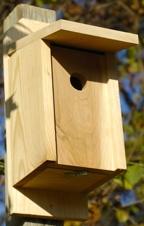 Chickadee House
Chickadee House
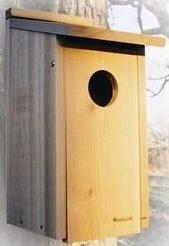 Flicker House
Flicker House
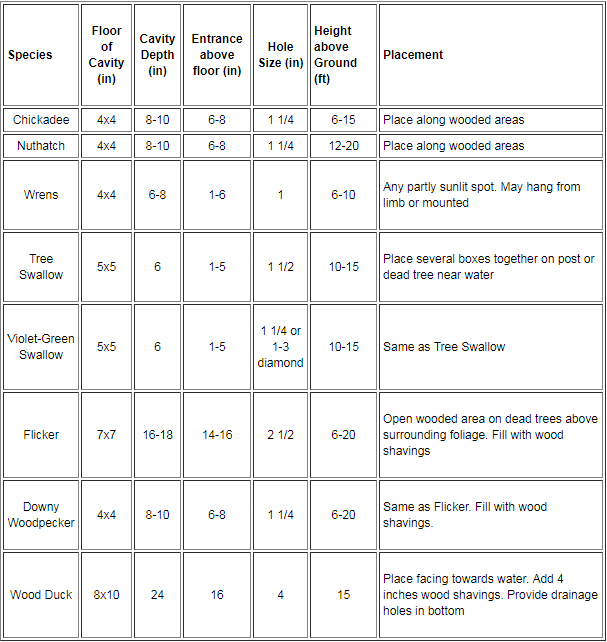
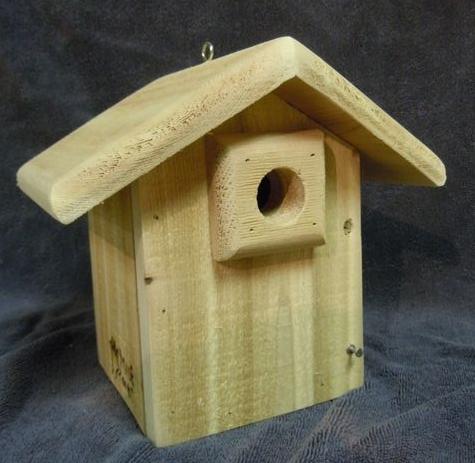 Chickadee w/predator guard
Chickadee w/predator guard
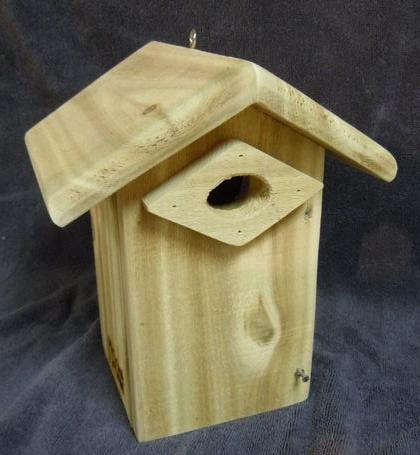 Swallow w/predator guard
Swallow w/predator guard
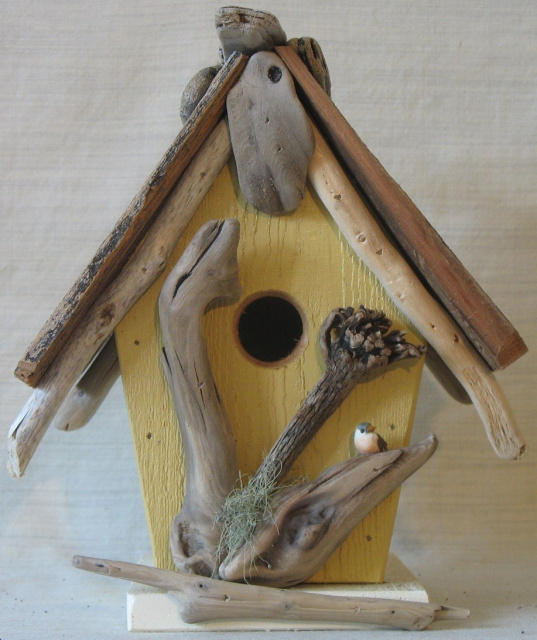
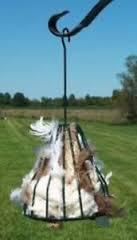 Birds can be very picky when it comes to choosing a bird house. Everything has to be perfect for them. The house must be in the right spot, have the right hole size and, sometimes, just be the right one for them at that time. Placing nesting material by the nest box can sometimes help them make the choice. All birds use the soft animal fur or cotton to line their nests, even hummingbirds! Another trick you can do when you are trying to attract chickadees or woodpeckers to your box is to fill them with wood shavings. Part of their mating ritual is hollowing out their nest so a box filled with shavings is very attractive to them.
Birds can be very picky when it comes to choosing a bird house. Everything has to be perfect for them. The house must be in the right spot, have the right hole size and, sometimes, just be the right one for them at that time. Placing nesting material by the nest box can sometimes help them make the choice. All birds use the soft animal fur or cotton to line their nests, even hummingbirds! Another trick you can do when you are trying to attract chickadees or woodpeckers to your box is to fill them with wood shavings. Part of their mating ritual is hollowing out their nest so a box filled with shavings is very attractive to them.

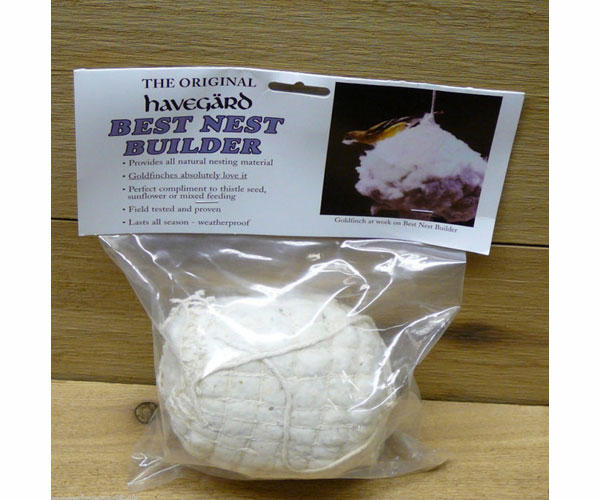

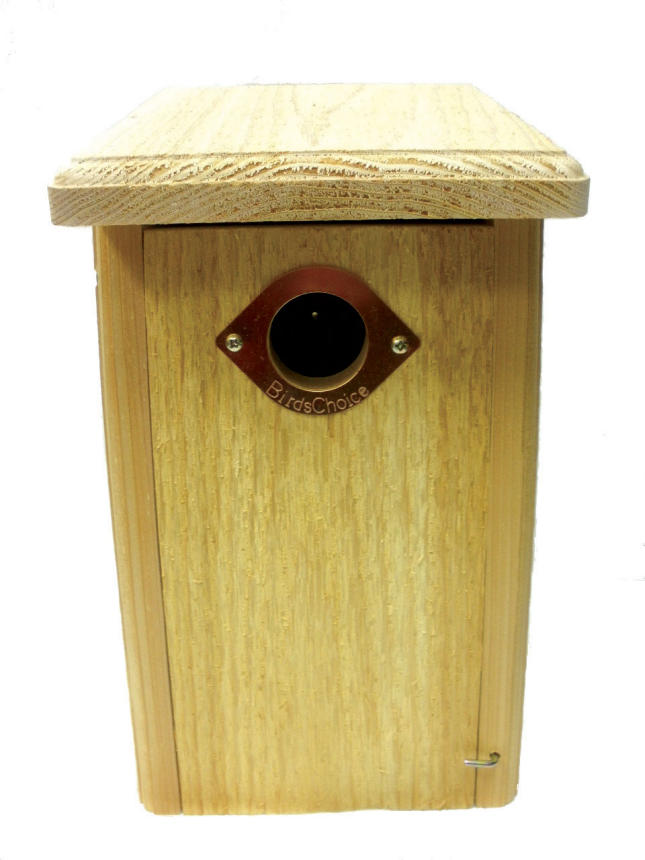
Nesting boxes can also be important for birds during winter. Some birds, like chickadees, will use a box as shelter during cold winter nights. You can offer specially make roosting boxes - these boxes have perches so several birds can take shelter and an low entrance hole that helps to keep out the wind. A nice feature about this type of box, both perches and entrance can be removed or changed so it can be used for nesting season.

